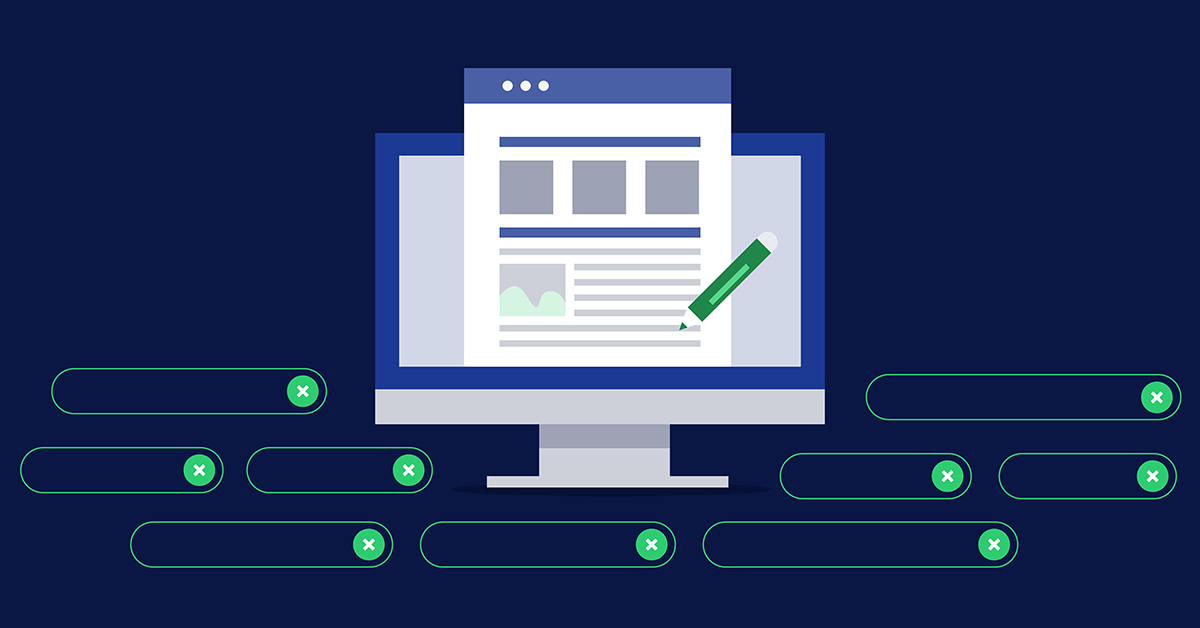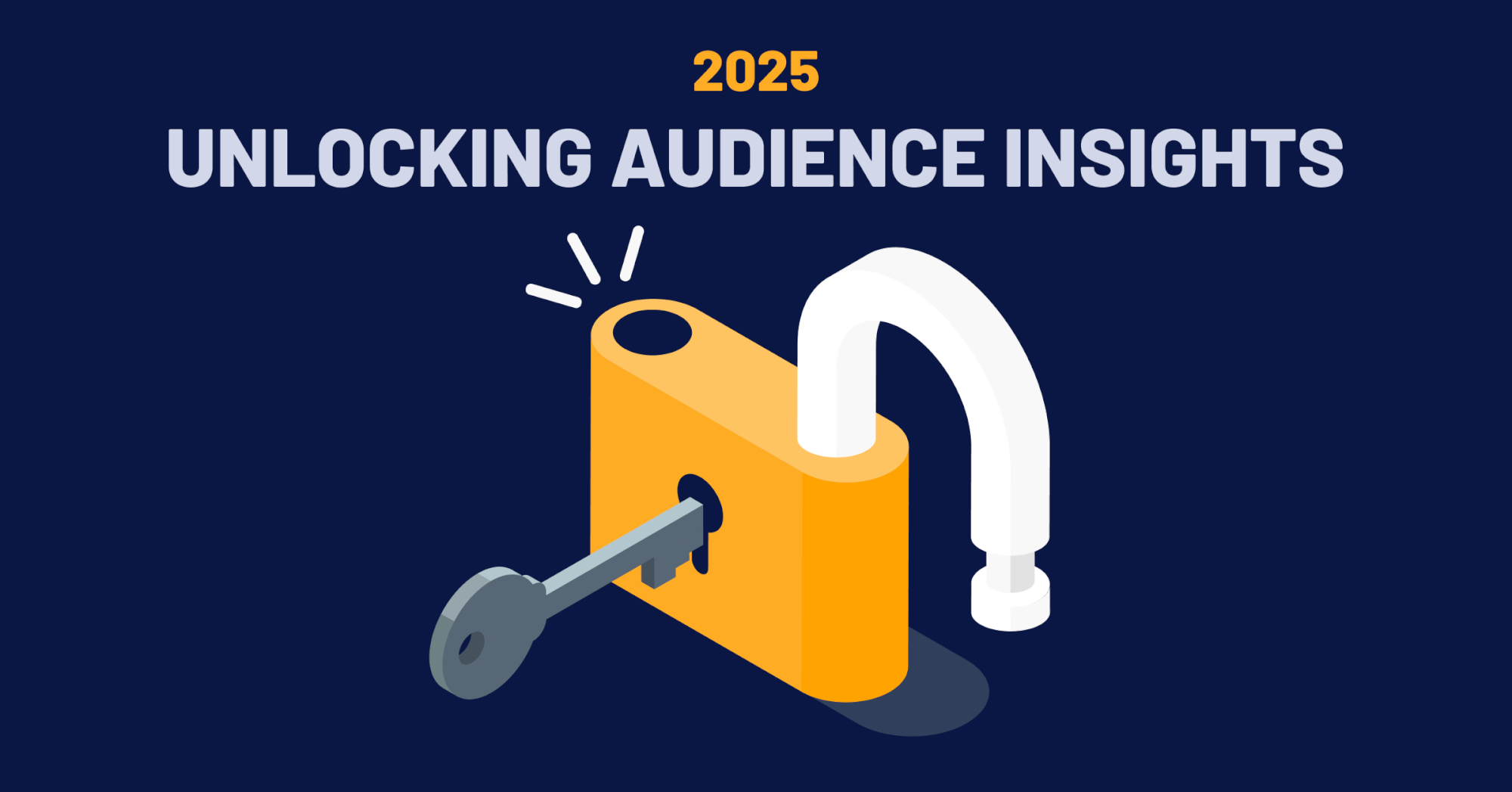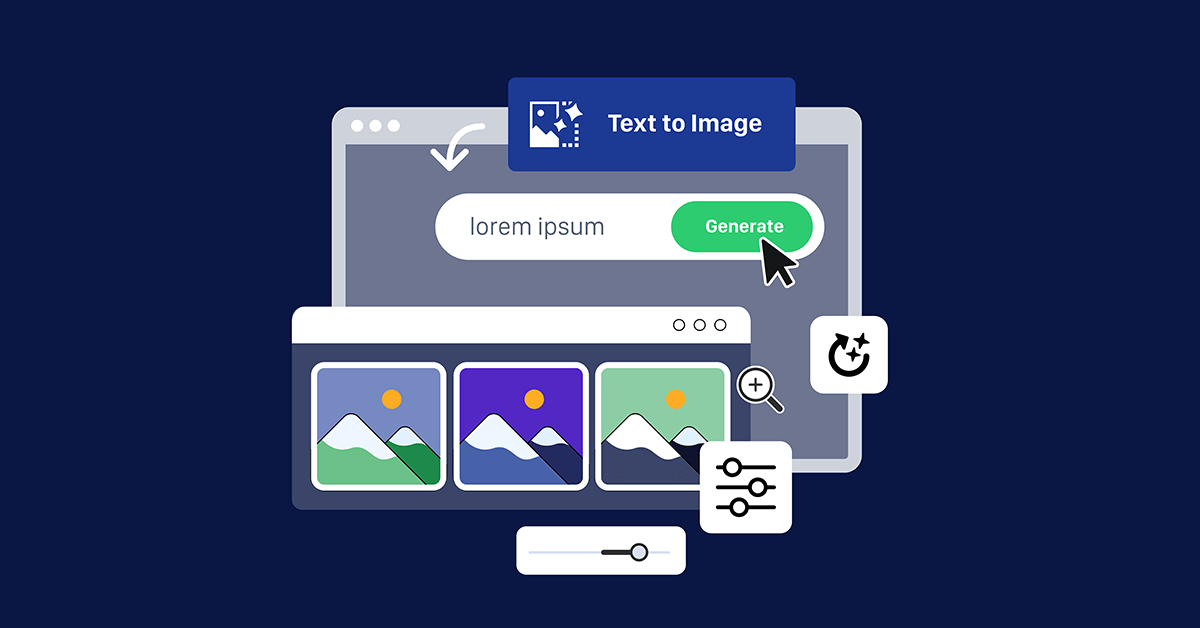
Key Takeaways
-
- Implementing blog categories is valuable for organizing published blog posts for improved website navigation and user experience.
- Blog category pages not only improve website navigation and user experience, but they can also improve your website’s SEO value by allowing category pages to rank for additional keywords and sending search engines additional signals to help them understand what the content is about.
- When creating blog categories, each category should have a unique name that is carefully selected through keyword research, and there should be at most ten categories overall.
Introduction
By categorizing content into unique, high-level topics, blog categories can help users navigate a website and tailor their experience to better find the information they’re looking for. Categories can also help users understand the components of a blog page and the topics they can expect to find. Additionally, categories are often seen as a helpful tool that helps keep blog posts organized to fit a template or the overall functionality of a website.
Per WordPress, you should create categories for different topics you cover on your blog. For example:
- A food blog may use categories for Breakfast, Lunch, Dinner, and Dessert categories.
- A company may create categories for News, Promotions, and Product Releases categories
- A graphic designer may have categories for Illustration, Video, UX Design, and Logo Creation categories.
From HubSpot, this is a robust and concise example of blog categories from a website that ranks well and has an abundance of relevant, authoritative content:
(Source: HubSpot Blog)
Why Blog Categories Are Important
Blog categories can improve a website’s navigation by allowing users to sort through content and find the information or topic they’re interested in. They can also help search engines better understand a website by sending additional signals about the blog topic. Adding the blog category to the URL structure will increase this impact.
Similarly, blog category pages can potentially improve a website’s search engine optimization value by providing additional pages to fight for SERP real estate for high-value keywords. Adding a unique title, meta description, and relevant content to blog pages will also increase their SEO value.
In the following visual, you’ll notice a short paragraph of text at the top of the page that describes what the page is about. A brief synopsis of original, relevant content native to the category page differentiates it and offers even more SEO value.
(Source: Semrush Blog)
How To Name Blog Categories
Using keyword research tools such as BrightEdge can help you understand what users are interested in, which can help you develop a naming convention for your blog categories. Categories should be named based on high-value, high-level topics and keywords that are different enough from one another that blog content can fit into one category without overlapping into another.
Generally, it’s best to select a core group of categories and stick with them. Remember that a good rule of thumb is to have no more than ten blog categories. The exact number of categories you’ll have dramatically depends on the nature of your industry and website. However, exceeding ten categories can overwhelm users and those maintaining the blog. The more specific and unique you are when naming your blog categories, the better. Being specific can help users and search engines find certain blog topics on your website, while being unique with titles and descriptions can help avoid cannibalizing the keywords you’re ranking for elsewhere.
Conclusion
In conclusion, blog categories are helpful when it comes to organizing your blog’s content. They serve as a roadmap for users, guiding them to relevant posts and improving their overall experience. Categorizing content not only streamlines navigation but also enhances SEO value, making it easier for new users to discover your blog through search engines. Ultimately, creating and maintaining blog categories enhances user experience and content discoverability.
Optimize Your Blog with Overdrive’s SEO & Content Marketing Expertise
Unlock the full potential of your blog with Overdrive Interactive’s SEO and content marketing services. From strategic category implementation to keyword-driven content, we’ll help you enhance your website’s visibility and user experience. Contact us today to start optimizing your blog for success!
Contact us today to keep your blog fresh, engaging, and effective!







